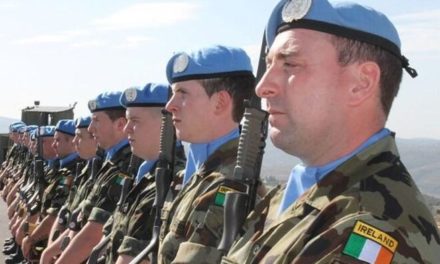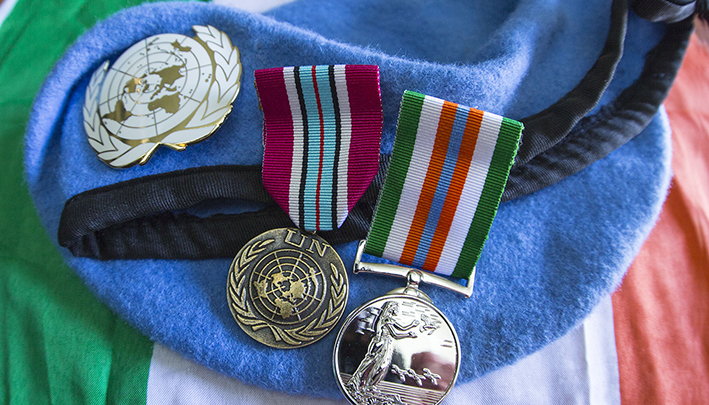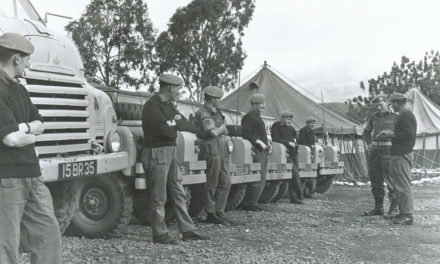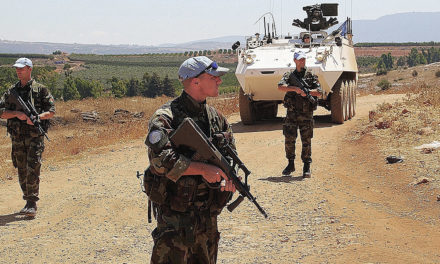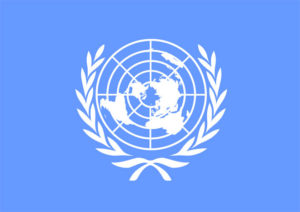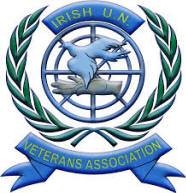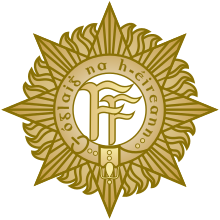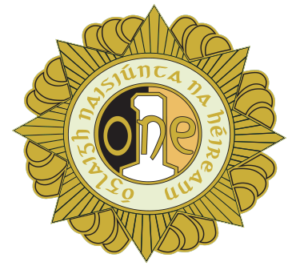ASIAN MISSIONS
United Nations Temporary Executive Authority
UNTEA – 21 August 1962 — 4 October 1962
In 1962, Indonesian forces invaded West Irian (the western half of New Guinea) as a result of a dispute with the Netherlands over the administration of the region.
By August, Dutch and Indonesian troops faced each other throughout the area. An agreement was brokered to transfer responsibility for West Irian to Indonesia. In the meantime UNTEA was installed.
In August, two officers from 37 Infantry Battalion, who were serving in the Congo, were sent as observers to the mission. They served with Swedish, Indian, Brazilian, Nigerian and Singhalese observers, arranging local agreements between conflicting parties and overseeing the repatriation of Indonesian troops. The area is now the Indonesian province of Irian Jaya.
| Operation Details | |
| Ribbon for the Medal |  |
| Duration: | 21 August 1962 — 4 October 1962 |
| Operation type: | UN led Peacekeeping Operations (Observer) |
| Commitment: | 2 cumulative missions |
United Nations India Pakistan Observation Mission
UNIPOM – 1965 – 1966
This mission was established as an administrative adjunct to UNMOGIP when conflict occurred between India and Pakistan along the border between the two countries, but outside the area of operations of UNMOGIP.
Most observers were deployed along the 1,000-mile ceasefire line with others based in New Delhi.
The mission ended in March 1966 with the signing of a formal peace treaty.
| Operation Detail | |
| Ribbon for the Medal |  |
| Duration: | 23 September 1965 — 22 March 1966 |
| Operation type: | UN led Peacekeeping Operations (Observer) |
| Commitment: | 14 cumulative missions |
United Nations Good Offices Mission in Afghanistan and Pakistan
UNGOMAP – 25 April 1988 — 15 March 1990
In 1979, the Soviet Union sent over 100,000 soldiers into Afghanistan to support the pro-Soviet government that had seized power two years earlier. The regime was unpopular and armed revolt gripped the country. Despite their numeric and technological might, the Soviets and the Afghan Army failed to subdue the mujahideen resistance.
The United States, many Arab countries and China gave massive support to the mujahideen. Peace talks commenced in 1982, between the US, the Soviets, Afghanistan and Pakistan (where millions of refugees had fled, and which had become the distribution centre for arms and equipment to the mujahideen).
The four parties signed the Geneva Accord, which effectively established UNGOMAP, whose mission was to monitor and confirm the withdrawal of Soviet troops from Afghanistan within an agreed time-frame. Personnel were drawn from UNTSO, UNDOF and UNIFIL, and the mission was under the control of the special representative of the Secretary General. Following the Soviet withdrawal, the OSGA(P) mission took over in March 1990.
| Operation Details | |
| Ribbon for the Medal |  |
| Duration: | 25 April 1988 — 15 March 1990 |
| Operation type: | UN led Peacekeeping Operations (Observer) |
| Commitment: | 8 cumulative missions |
United Nations Advance Mission in Cambodia/United Nations Transtional Authority in Cambodia
UNAMIC/UNTAC – 16 November 1991 – 15 November 1993
By the 1990s Cambodia, once considered ‘the jewel of South East Asia’, had been ravaged by two decades of war, civil strife, regimes of terror and intense periods of famine. In October 1991, with the co-operation of the five Permanent Members of the UN Security Council, plus members of the Association of South East Asia Nations, the conflicting parties in the country signed the Paris Peace Agreement. Included in the agreement was the establishment of the UNTAC force for deployment in March 1992. However, when Cambodia’s transitional government requested UN assistance to fill the interim four months, the Security Council passed UNSCR 791, establishing UNAMIC to assist in the process until UNTAC could be deployed.
UNTAC’s role was to assist in what amounted to a total rehabilitation of the crippled state. The all-encompassing mandate included aspects relating to human rights, the organisation and conduct of free and fair elections, military arrangements, civil administration, maintenance of law and order, repatriation and resettlement of Cambodian refugees and displaced people, and the rehabilitation of essential Cambodian infrastructures. UNAMIC, with a total strength of 379 drawn from 22 countries spanning the continents, prepared the way.
The mandate of UNAMIC’s military component was to facilitate communications between the military headquarters of the Cambodian parties in matters relating to the observance of the ceasefire; to establish a mine awareness group; and to establish and conduct a Mixed Military Working Group, comprising an officer of the rank of Brigadier General from each of the conflicting parties.
On March 15th Lieutenant General John Sanderson of Australia (Force Commander UNTAC) arrived in Phnom Pen, marking UNAMIC’s absorption into UNTAC. The UNTAC mandate component relating to military arrangements was made difficult by the non-cooperation of the Khmer Rouge. Gradually, however, the situation began to normalise and Irish involvement ended in 1993.
| Operation Details | |
| Ribbon for the Medal |  |
| Duration: | 16 November 1991 – 15 November 1993 |
| Operation type: | UN led Peacekeeping Operations (Observer) |
| Commitment: | 38 cumulative missions |
UN Mission in East Timor, Intervention Force in East Timor/UN Transitional Administration in East Timor and UN Mission of Support in East Timor
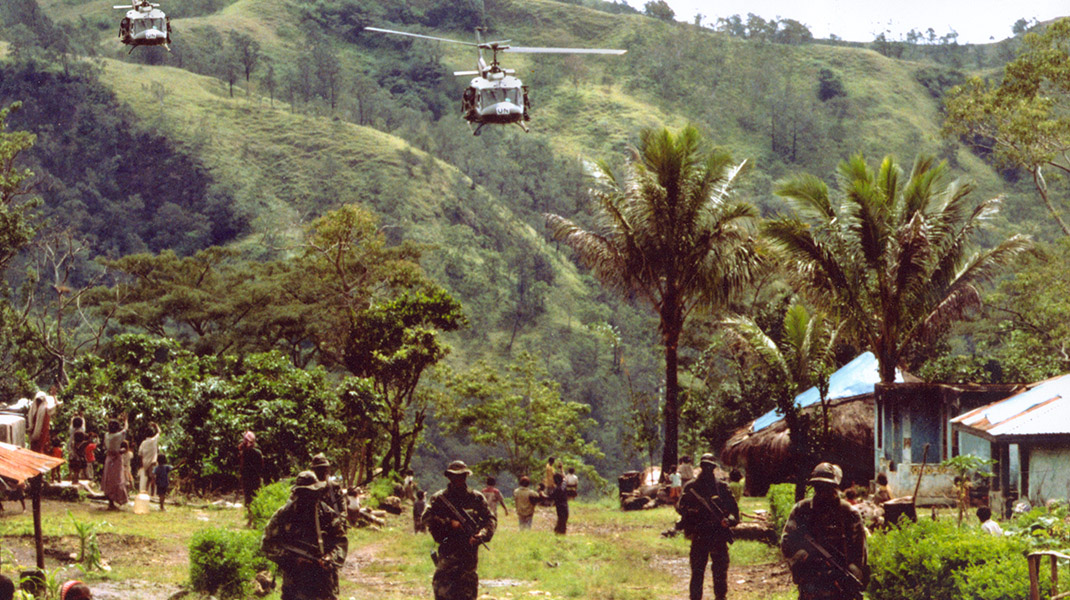
UNAMET/UNTAET – July 1999 — May 2004
Following a coup in Portugal, which put a socialist regime into place, the new government began to withdraw from remaining Portuguese colonies. One of these was East Timor, which occupied half of a 265km long island off the Indonesian archipelago, 450km northwest of Australia. However, instead of independence Indonesia, who were in control of West Timor, laid claim to East Timor.
The UN would not recognise Indonesia’s claims and years of talks led to an Indonesian proposal in 1998 for limited autonomy for East Timor within Indonesia. The UN was asked to organise and conduct a referendum of the East Timorese. The UNAMET mission was established in June to monitor and implement the people’s decision.
In the referendum, held in August, the East Timorese overwhelmingly rejected autonomy within Indonesia, sparking mass killing and destruction by pro-Indonesian militias.
In September 1999 the UN Security Council established INTERFET and in October a platoon of ARW personnel and support elements joined the mission.
INTERFET was soon replaced by UNTAET (which itself was later replaced by UNMISET), with the ARW still supplying the main Irish commitment of an infantry platoon operating with the New Zealand battalion. In June 2000 the ARW platoon was replaced by a platoon from 2 Infantry Battalion and this policy of providing a complete platoon from one of the Defence Forces battalions continued until the end of Ireland’s contribution to the mission which ended in May 2004.
| Operation Details | |
| Ribbon for the Medal |  |
| Duration: | July 1999 — May 2004 |
| Operation type: | UN led Peacekeeping Operations (Observer & troops) |
| Commitment: | 318 cumulative missions |


